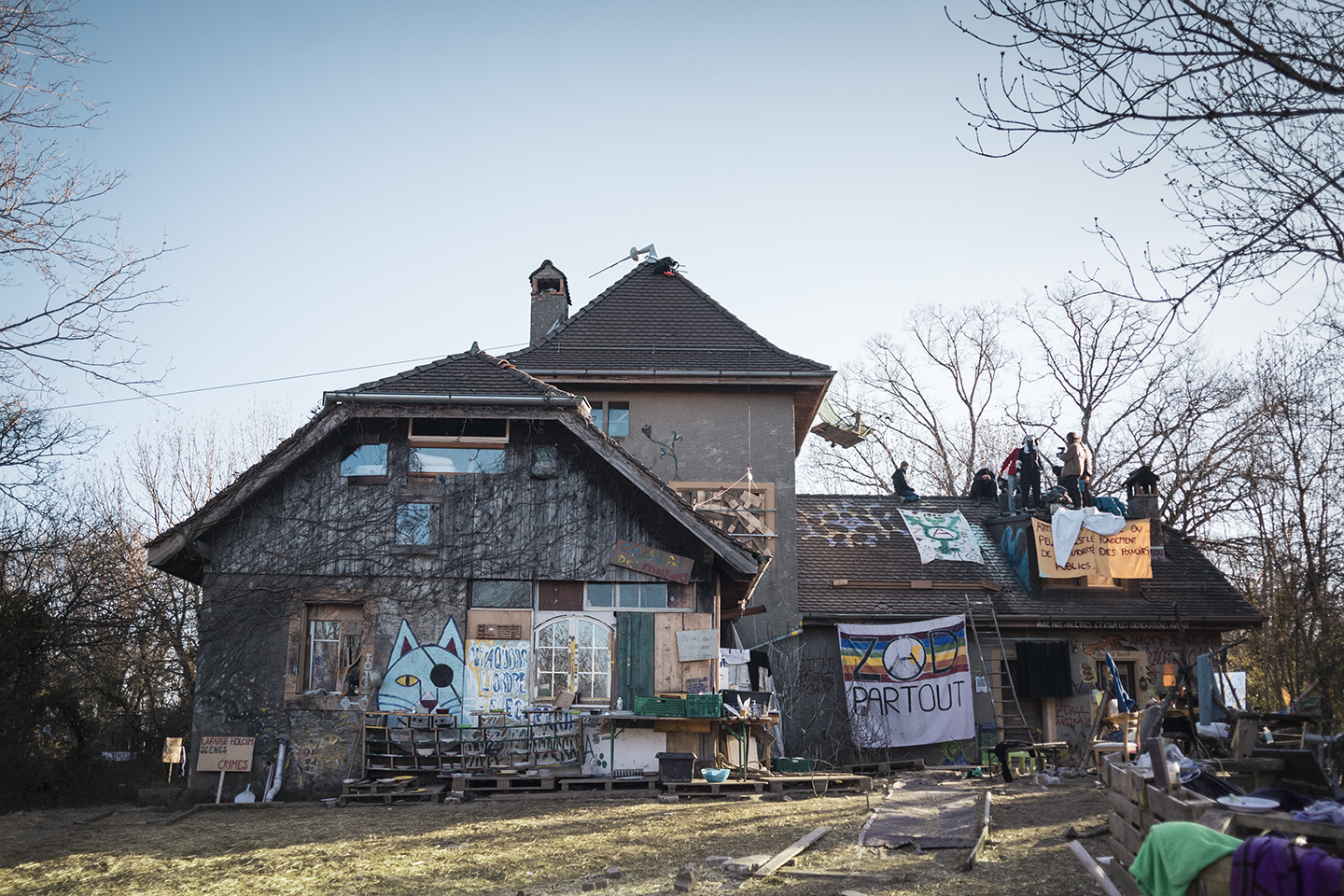Karl Marx, The Civil War in France (first draft, 1870) →.
Peter Kropotkin, Memoirs of a Revolutionist (1899), cited in Kropotkin: Selections from His Writings, ed. H. Read (Freedom Press, 1942), 114.
Henri Lefebvre, Production of Space, trans. Donald Nicholson-Smith (Blackwell, 1991), 59.
Charles Petit-Dutaillis, Les Communes françaises: Caractères et evolution des origins au XVIII siècle (Albin Michel, 1947), 21.
Jules Andrieu, Notes pour server à l’histoire de la Commune de Paris en 1871 (Libertalia, 2016), 137.
Andrieu, Notes, 171.
Andrieu, Notes, 153.
Lefebvre, Production of Space, 380–1.
Mauvaise Troupe Collective, The Zad and NoTAV: Territorial Struggles and the Making of a New Political Intelligence, trans. Kristin Ross (Verso, 2018), xxii.
For an illuminating discussion of composition as “the mode of organizing in profoundly disordered times” that takes as its primary example the Stop Cop City occupation, see Hugh Farrell, “The Strategy of Composition,” Ill Will, January 14, 2023 →.
See Elizabeth Ellis, “Centering Sovereignty: How Standing Rock Changed the Conversation,” in Standing with Standing Rock: Voices from the #NoDAPL Movement, ed. Nick Estes and Jaskiran Dhillon (University of Minnesota Press, 2019). See also Alexander Zaitchik, “On Native Ground: Standing Rock’s New Spirit of Protest,” Baffler, no. 34 (Spring 2017).
Tristan Vebens, “Notes de discussion sur les possibles dans la Zad de Notre-Dame-des-Landes et ailleurs,” self-published, August 26, 2019, 11.
Excerpted from Kristin Ross, The Commune Form: The Transformation of Everyday Life (Verso, 2024).
